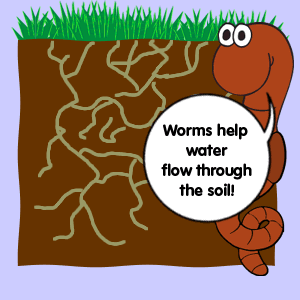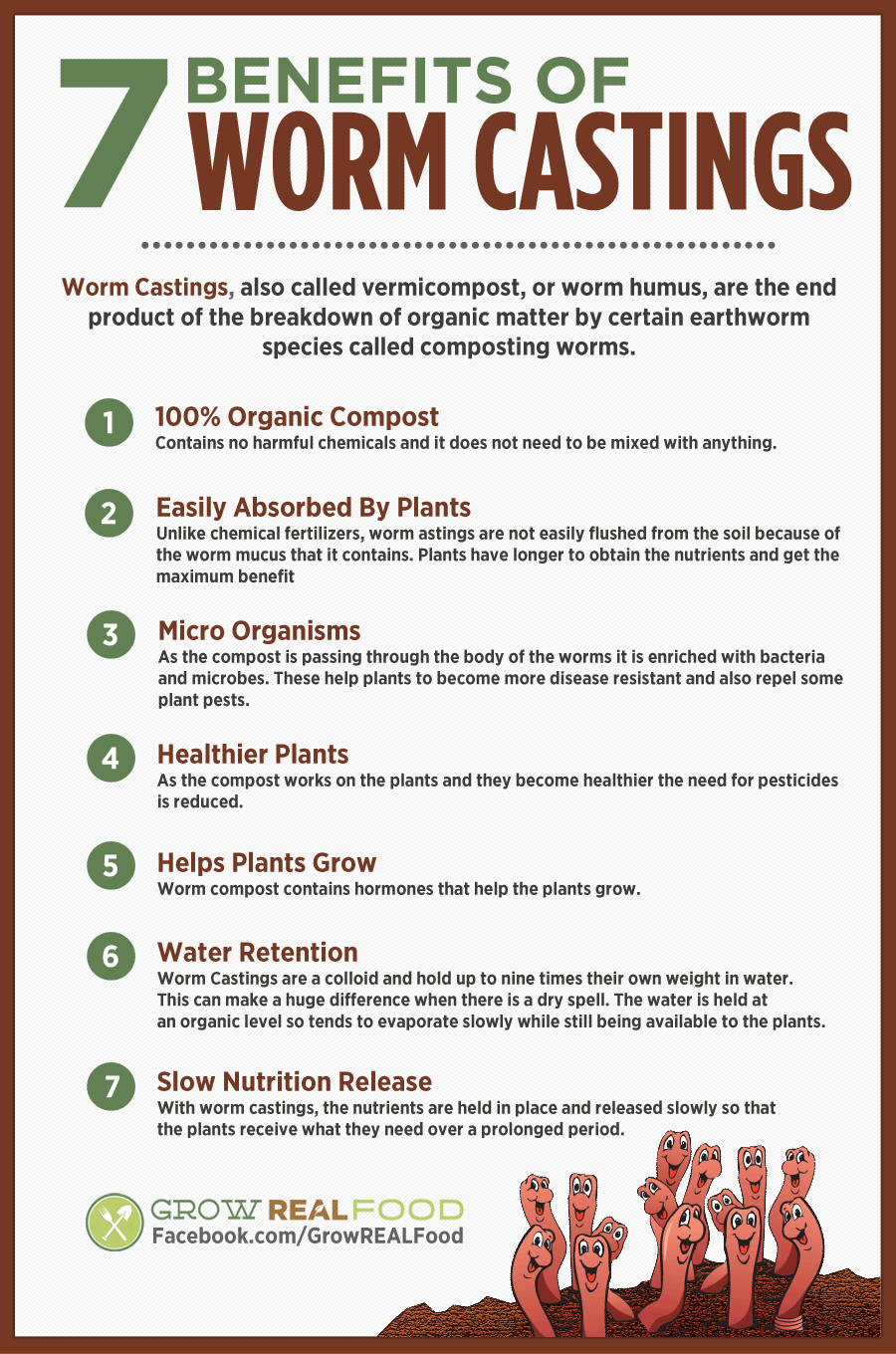The 10-Second Trick For North Carolina Worms
Table of ContentsThe smart Trick of North Carolina Worms That Nobody is Talking AboutAbout North Carolina WormsHow North Carolina Worms can Save You Time, Stress, and Money.About North Carolina Worms
Example: 1-gallon of worm castings to 4 gallons of potting mix. 1/2 mug in the base of the growing hole for smaller plants. 1 mug for bigger plants.

The enhancement of tea can also include boosted microbial biomass to your soil. You can constantly side-dress your plants with worm castings any time. Just remember, the microbes will pass away if exposed to UV rays (Sunlight), so make sure to cover the castings with an inch approximately of dirt.
This frustrated them for years till the testing techniques ended up being much better. It would get much better(with even more castings), level off, and then decrease. Also many worm castings would certainly increase the development to a pace that the plant could not recuperate from.
Some Known Incorrect Statements About North Carolina Worms
Lots of herbicides deal with this exact same concept. 20% by volume seems to be the "Sweet Spot". I have expounded the merits of worm spreadings for concerning 2000 words. What concerning the opposite side of the coin? Nothing is ideal. Worm castings are no different. It takes time to develop top quality worm spreadings.
Worm spreadings certainly cost even more than chemical plant foods. Worm castings are on the less costly end of organic plant foods. (50 gallons per year) It is a much more challenging and very pricey investment to generate large quantities of worm castings.

Producing a healthy soil might be the greatest benefit of worm spreadings. We talked about worm castings NPK and additionally the proper nutrient evaluation that should apply to worm spreadings.
10 Simple Techniques For North Carolina Worms
We talked concerning some of the disadvantages linked with worm spreadings. I covered a whole lot of product in this post.
The vertical burrows are normally open, although the worms top the top with residue and excrement. The upright burrows are really crucial points of entry for fast water seepage into the soil, especially in no-till systems. Air-filled porosity is critical in aiding plant origins to flourish. Roots require oxygen for their development, whereas they produce co2 that requires to leave the soil.
Earthworms increase porosity by 2 systems: (1) by creating permanent burrows, and (2) by boosting soil gathering. Gathering is improved by the blending of soil and raw material in the earthworms' guts. North Carolina Worms. These very stable accumulations are deposited by some earthworms in their burrows, and by others at the surface area of the dirt


In another study, earthworms were approximated to eat 4 to 10 percent of the leading 6 inches of the soil yearly. Soil compaction reduces the porosity of the soil.
The Greatest Guide To North Carolina Worms
Regular earthworm populaces can easily eat 2 lots of completely dry matter per acre each year, partly absorbing and blending it with soil. The relevance of earthworms to mix surface area residue with dirt ends up being very clear in dirts that do not have any earthworms. The majority of our Pennsylvania soils contend least some earthworms, and the result of their complete lack, for that reason, can not be noted.
They live mainly from partially decomposed natural issue that is already incorporated in the dirt. They consume their way through the dirt, producing horizontal burrows that they loaded with their waste matter. These types ingest huge amounts of soil that they combine with digested crop deposit in their digestive tracts. or anecic species stay in long-term vertical burrows that can be 5 or 6 feet deep.
These species ingest substantial quantities of dirt that they mix with absorbed residue in their digestive tracts. Their excrement is mostly deposited at the surface of the dirt.
Comments on “About North Carolina Worms”